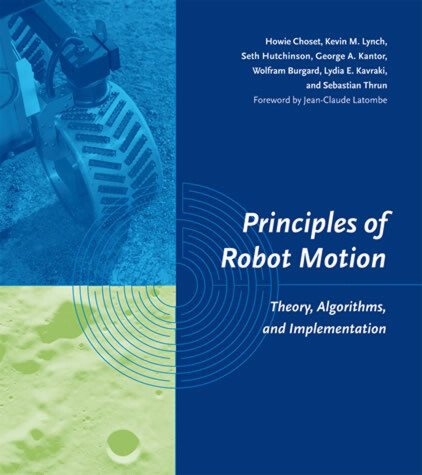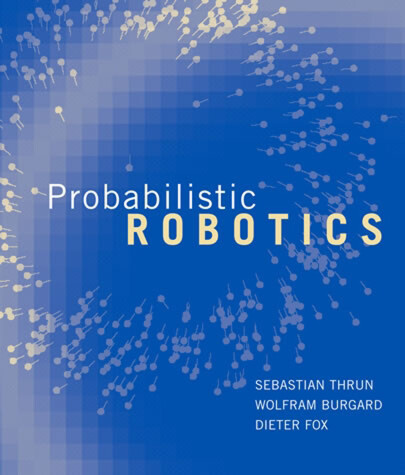Intelligent Robotics and Autonomous Agents
2 total works
Principles of Robot Motion
by Howie Choset, Kevin M. Lynch, Seth Hutchinson, George A. Kantor, Wolfram Burgard, Lydia E. Kavraki, and Sebastian Thrun
Robot motion planning has become a major focus of robotics. Research findings can be applied not only to robotics but to planning routes on circuit boards, directing digital actors in computer graphics, robot-assisted surgery and medicine, and in novel areas such as drug design and protein folding. This text reflects the great advances that have taken place in the last ten years, including sensor-based planning, probabalistic planning, localization and mapping, and motion planning for dynamic and nonholonomic systems. Its presentation makes the mathematical underpinnings of robot motion accessible to students of computer science and engineering, rleating low-level implementation details to high-level algorithmic concepts.
Probabilistic robotics is a new and growing area in robotics, concerned with perception and control in the face of uncertainty. Building on the field of mathematical statistics, probabilistic robotics endows robots with a new level of robustness in real-world situations. This book introduces the reader to a wealth of techniques and algorithms in the field. All algorithms are based on a single overarching mathematical foundation. Each chapter provides example implementations in pseudo code, detailed mathematical derivations, discussions from a practitioner's perspective, and extensive lists of exercises and class projects. The book's Web site, www.probabilistic-robotics.org, has additional material. The book is relevant for anyone involved in robotic software development and scientific research. It will also be of interest to applied statisticians and engineers dealing with real-world sensor data.

